News
James Whale: Frankenstein’s Gay Father

**Editor’s Note: James Whale: Frankenstein’s Gay Father is a continuation of iHorror’s Horror Pride Month celebrating the LGBTQ Community and their contributions to the genre.
Of all the men and women who helped shape the early days of horror on film, few could do what James Whale did when he managed to elicit empathy for a misshapen “monster” in 1931’s Frankenstein.
Perhaps, it is because few so few of those creators knew what it was to be considered monstrous themselves.
Life as an out of the closet gay man in the 1930s was far from easy, even in Hollywood. There was more than stigma. There was outright hatred.
In many ways, not much has changed, and yet there was James Whale, out and as proud as he could be in 1930 when, after a huge success directing a stage play called Journey’s End starring none other than Colin Clive, he was offered a five year contract with Universal Pictures and given the chance to direct any of the properties they owned at the time.
Whale being who he was, chose Frankenstein. Something in it spoke to him, sparked his imagination, and before long he was creating the motion picture that created a gold standard few have met since.
He brought Colin Clive with him to star as the ill-fated Henry Frankenstein, and he also had one more actor in mind for his masterpiece: Boris Karloff.
“His face fascinated me,” Whale explained later. “I made drawings of his head, adding sharp bony ridges where I imagine the skull had joined.”
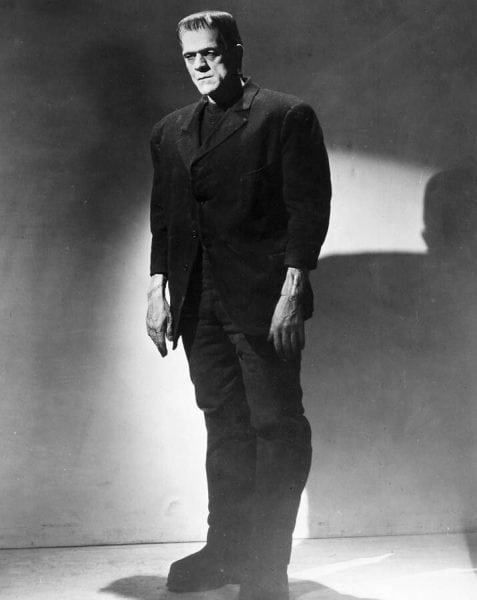
Boris Karloff in Frankenstein (1931)
Despite Karloff being his own choice, there was reportedly still some bad blood between director and actor as filming began. Film historian, Gregory Mank, suggests that Whale became jealous of the attention that Karloff was receiving during filming and devised his own revenge in response.
As the climax of the film draws near, the Monster carries Henry Frankenstein over his shoulder up a steep hill to a massive mill. Whale made Karloff carry 6’4″ Colin Clive up that hill over and over again in repeated takes which reportedly resulting in the actor having serious back pain for the rest of his life.
Regardless of what issues might have been going on behind the scenes, Frankenstein was a huge success for Whale, Karloff, and Universal Pictures.
Straight audiences were captivated by the masterful storytelling, beautifully filmed scenes, and the harrowing tale of a man who dared to play God.
Gay audiences, then and now, see all of those things and something more. Though the queer subtext would be much less subtle in Bride of Frankenstein, Whale’s first foray into the genre still spoke volumes.
The Monster’s rejection by his “father” struck an immediate chord. Rejection by one’s family when they find out you’re queer still happens far too often and is one of the most damaging chapters in our own stories, and it’s important to note that the Monster only succumbs to destructive behaviors in the face of that rejection, something that also haunts our community.
Also, though he is painted as a Monster, there is a certain sensitivity to Frankenstein’s creation. One can easily view it as a feminine quality, and thus he takes on certain gender fluid characteristics.
And let’s not forget that fateful moment when he is chased by maddened villagers with torches and pitchforks bent on his destruction. Every LGBTQ person in the world knows that fear all too well.
Though the instruments of violence may have changed–some are even called “laws”–that fear and anxiety looms to this day.
It’s no wonder, knowing that Whale created these and other moments in the film, that the Monster has become a bit of a queer icon and this legacy has been written about in journals and scholarly articles repeatedly in the last decades.
Some members of the trans community have even found an ally in Whale’s “monster,” with writers and activists like Susan Stryker pointing out the the similarities between the creature’s creation and her own surgeries to become who she was meant to be.
And let us not forget the ultimate homage to Whale’s adaptation of Shelley’s masterpiece: The Rocky Horror Picture Show.
We can only theorize what Whale would think of this legacy, but as we peer into the open way in which he lived his life, I think it’s safe to assume that he would have been proud.
After 1931’s Frankenstein, Whale went on to direct three more genre classics: The Dark Old House, The Invisible Man, and Bride of Frankenstein. Each of them are revered for their own style and each is filled with the director’s gay sensibilities.
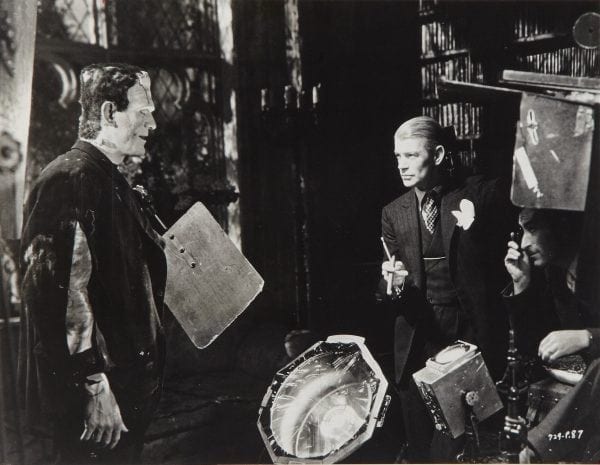
Boris Karloff and James Whale on the set of Bride of Frankenstein
He was reticent to continue genre work by the time Bride came to be fearing that he would be pigeon-holed as a horror director. Sadly, by 1941, his feature filmmaking career had ended, but he had been wise with his finances and was sitting on a considerable sum of money.
At the urging of his longtime partner, David Lewis, the director took up painting and lived a rather lavish lifestyle in his beautiful home.
It was on a tour of Europe that Whale met 25 year old Pierre Foegel and informed Lewis that he intended for the younger man to move in with him when he returned. Lewis was naturally shocked; it was the end of a relationship that had lasted over 20 years. Remarkably, the two remained friends afterward.
By 1956, Whale was suffering from serious bouts of debilitating depression and on top of that he suffered two strokes. On May 29, 1957, he was found dead at his home. He had drowned in the pool.
The death was ruled an accident but years later, shortly before his own death, David Lewis revealed a suicide note that he’d found and kept hidden.
Whale was only 67 years old at the time of his death, and though his end was tragic, his was a life well-lived, and it is only right that we honor him during our celebration of Horror Pride Month.
I’d like to think that it would make him smile.
Listen to the 'Eye On Horror Podcast'

Movies
Another Creepy Spider Movie Hits Shudder This Month
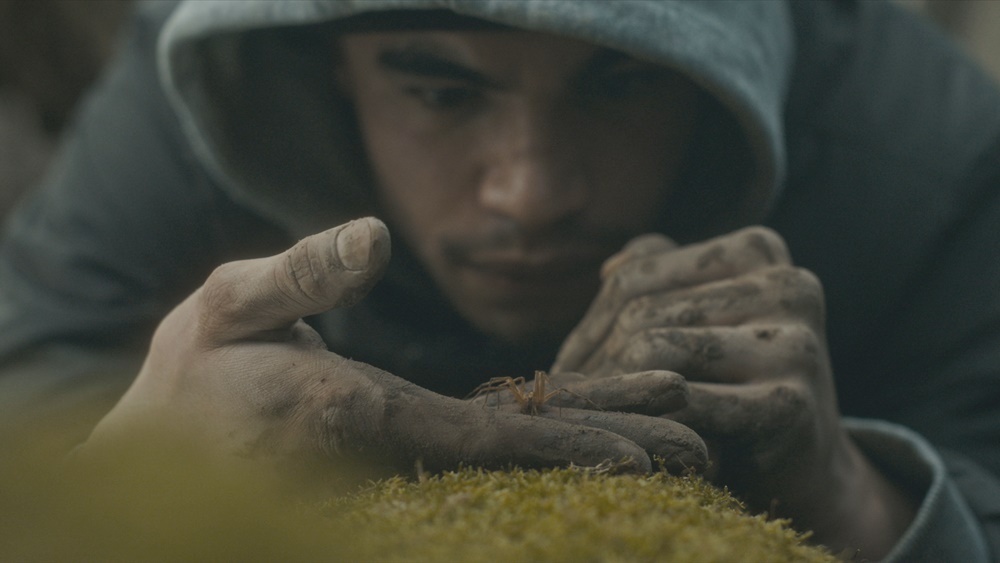
Good spider films are a theme this year. First, we had Sting and then there was Infested. The former is still in theaters and the latter is coming to Shudder starting April 26.
Infested has been getting some good reviews. People are saying that it’s not only a great creature feature but also a social commentary on racism in France.
According to IMDb: Writer/director Sébastien Vanicek was looking for ideas around the discrimination faced by black and Arab-looking people in France, and that led him to spiders, which are rarely welcome in homes; whenever they’re spotted, they’re swatted. As everyone in the story (people and spiders) is treated like vermin by society, the title came to him naturally.
Shudder has become the gold standard for streaming horror content. Since 2016, the service has been offering fans an expansive library of genre movies. in 2017, they began to stream exclusive content.
Since then Shudder has become a powerhouse in the film festival circuit, buying distribution rights to movies, or just producing some of their own. Just like Netflix, they give a film a short theatrical run before adding it to their library exclusively for subscribers.
Late Night With the Devil is a great example. It was released theatrically on March 22 and will begin streaming on the platform starting April 19.
While not getting the same buzz as Late Night, Infested is a festival favorite and many have said if you suffer from arachnophobia, you might want to take heed before watching it.
According to the synopsis, our main character, Kalib is turning 30 and dealing with some family issues. “He’s fighting with his sister over an inheritance and has cut ties with his best friend. Fascinated by exotic animals, he finds a venomous spider in a shop and brings it back to his apartment. It only takes a moment for the spider to escape and reproduce, turning the whole building into a dreadful web trap. The only option for Kaleb and his friends is to find a way out and survive.”
The film will be available to watch on Shudder starting April 26.
Listen to the 'Eye On Horror Podcast'
Movies
Part Concert, Part Horror Movie M. Night Shyamalan’s ‘Trap’ Trailer Released
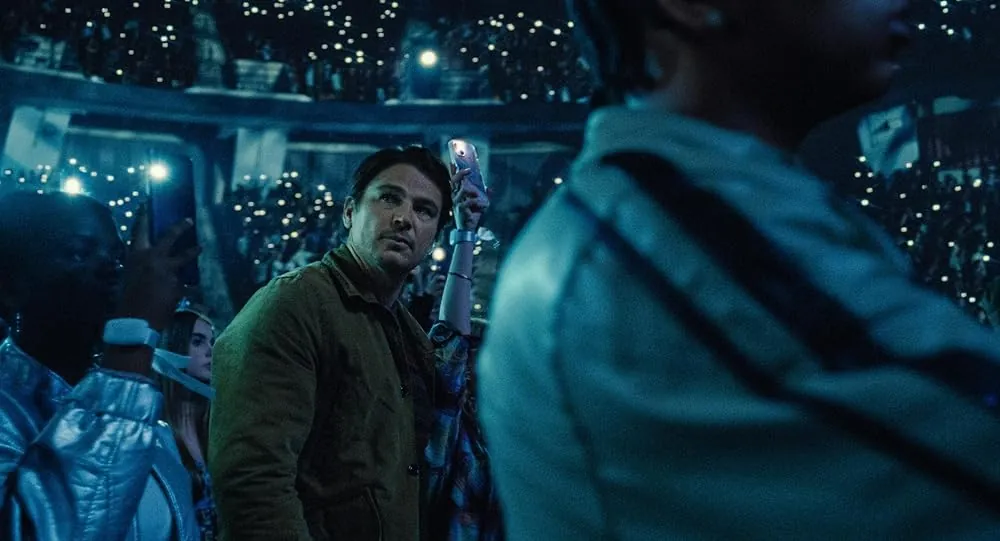
In true Shyamalan form, he sets his film Trap inside a social situation where we aren’t sure what is going on. Hopefully, there is a twist at the end. Furthermore, we hope it’s better than the one in his divisive 2021 movie Old.
The trailer seemingly gives away a lot, but, as in the past, you can’t rely on his trailers because they are often red herrings and you are being gaslit to think a certain way. For instance, his movie Knock at the Cabin was completely different than what the trailer implied and if you hadn’t read the book on which the film is based it was still like going in blind.
The plot for Trap is being dubbed an “experience” and we aren’t quite sure what that means. If we were to guess based on the trailer, it’s a concert movie wrapped around a horror mystery. There are original songs performed by Saleka, who plays Lady Raven, a kind of Taylor Swift/Lady Gaga hybrid. They have even set up a Lady Raven website to further the illusion.
Here is the fresh trailer:
According to the synopsis, a father takes his daughter to one of Lady Raven’s jam-packed concerts, “where they realize they’re at the center of a dark and sinister event.”
Written and directed by M. Night Shyamalan, Trap stars Josh Hartnett, Ariel Donoghue, Saleka Shyamalan, Hayley Mills and Allison Pill. The film is produced by Ashwin Rajan, Marc Bienstock and M. Night Shyamalan. The executive producer is Steven Schneider.
Listen to the 'Eye On Horror Podcast'
News
Woman Brings Corpse Into Bank To Sign Loan Papers

Warning: This is a disturbing story.
You have to be pretty desperate for money to do what this Brazilian woman did at the bank to get a loan. She wheeled in a fresh corpse to endorse the contract and she seemingly thought the bank employees wouldn’t notice. They did.
This weird and disturbing story comes via ScreenGeek an entertainment digital publication. They write that a woman identified as Erika de Souza Vieira Nunes pushed a man she identified as her uncle into the bank pleading with him to sign loan papers for $3,400.
If you’re squeamish or easily triggered, be aware that the video captured of the situation is disturbing.
Latin America’s largest commercial network, TV Globo, reported on the crime, and according to ScreenGeek this is what Nunes says in Portuguese during the attempted transaction.
“Uncle, are you paying attention? You must sign [the loan contract]. If you don’t sign, there’s no way, as I cannot sign on your behalf!”
She then adds: “Sign so you can spare me further headaches; I can’t bear it any longer.”
At first we thought this might be a hoax, but according to Brazilian police, the uncle, 68-year-old Paulo Roberto Braga had passed away earlier that day.
“She attempted to feign his signature for the loan. He entered the bank already deceased,” Police Chief Fábio Luiz said in an interview with TV Globo. “Our priority is to continue investigating to identify other family members and gather more information regarding this loan.”
If convicted Nunes could be facing jail time on charges of fraud, embezzlement, and desecration of a corpse.
Listen to the 'Eye On Horror Podcast'
-

 Trailers7 days ago
Trailers7 days agoWatch the trailer for ‘Under Paris,’ the movie people are calling ‘French Jaws’ [Trailer]
-

 News3 days ago
News3 days agoThis Horror Film Just Derailed a Record Held by ‘Train to Busan’
-

 Movies7 days ago
Movies7 days agoErnie Hudson To Star In ‘Oswald: Down The Rabbit Hole’
-
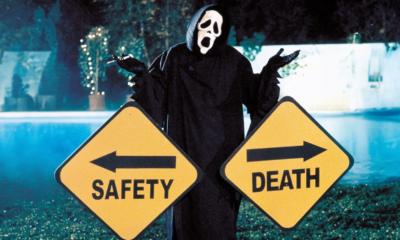
 News7 days ago
News7 days agoParamount and Miramax Team Up to Reboot the “Scary Movie” Franchise
-

 Movies3 days ago
Movies3 days agoWatch ‘Immaculate’ At Home Right Now
-

 News4 days ago
News4 days agoRead Reviews For ‘Abigail’ The Latest From Radio Silence
-
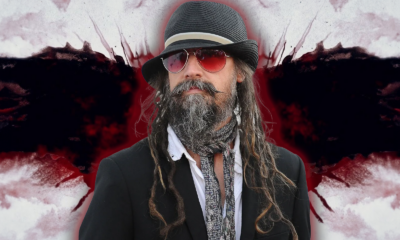
 Editorial4 days ago
Editorial4 days agoRob Zombie’s Directorial Debut Was Almost ‘The Crow 3’
-

 News3 days ago
News3 days agoMelissa Barrera Says Her ‘Scream’ Contract Never Included a Third Movie
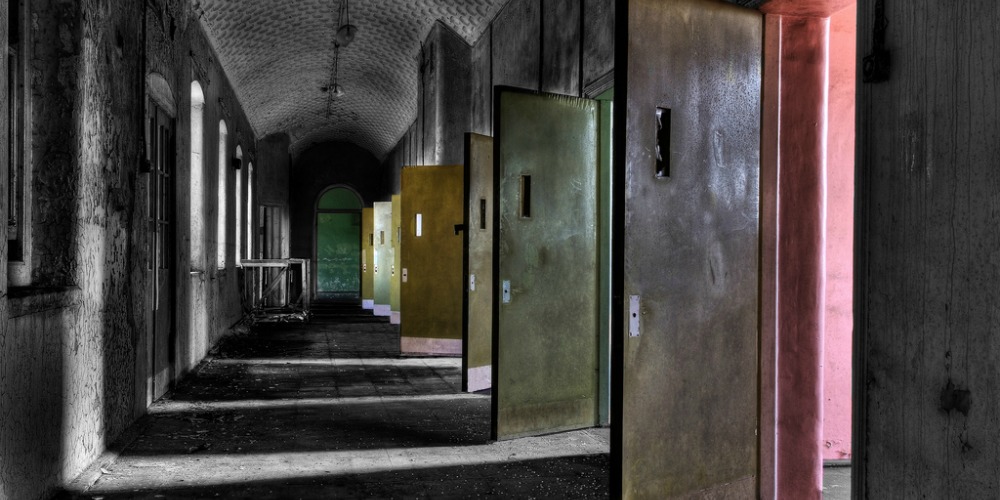


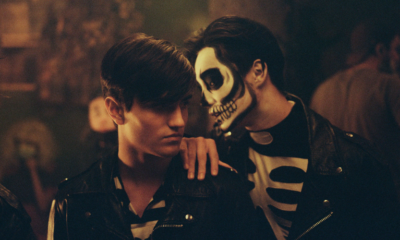





















You must be logged in to post a comment Login